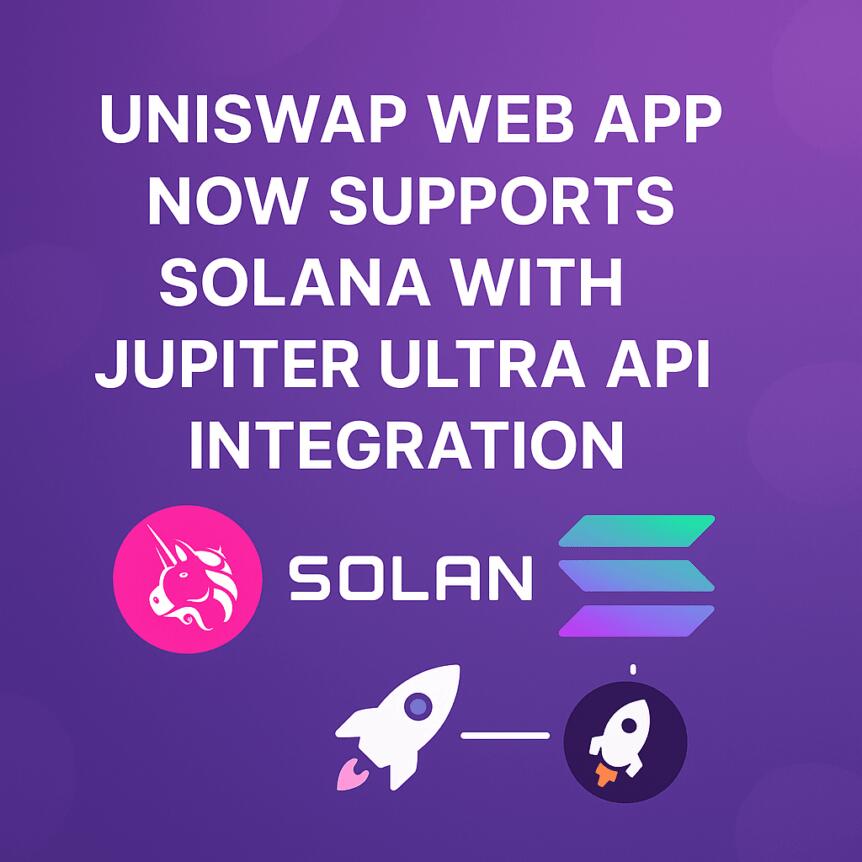Market Pulse
In a significant development for institutional crypto investment, global asset manager VanEck has filed a preliminary prospectus with the U.S. Securities and Exchange Commission (SEC) for a novel Lido Staked Ethereum (ETH) Exchange-Traded Fund (ETF). This move represents a bold step toward integrating yield-bearing digital assets into traditional financial products, potentially opening new avenues for investors seeking exposure to Ethereum’s price appreciation combined with staking rewards. The filing underscores the growing institutional appetite for more sophisticated crypto offerings beyond simple spot price exposure.
The Evolving Landscape of Crypto ETFs
The cryptocurrency ETF market has seen considerable expansion, particularly following the approval of spot Bitcoin ETFs earlier this year. However, the introduction of a Staked Ethereum ETF marks a critical evolution. Unlike traditional spot ETFs that merely track an asset’s price, a staked ETF aims to provide investors with both the underlying asset’s market performance and the yield generated from participating in its network’s consensus mechanism – in this case, Ethereum’s Proof-of-Stake (PoS) system. This dual-benefit structure could be highly attractive to institutional investors accustomed to yield-generating instruments in traditional finance.
- Spot Bitcoin ETFs: Primarily focused on price exposure to Bitcoin.
- Futures-based ETFs: Offer exposure via derivatives contracts.
- Staked Ethereum ETFs: Propose exposure to ETH price and staking yield, leveraging PoS mechanics.
Lido’s Integral Role in the Proposed ETF
VanEck’s preliminary prospectus specifies the use of Lido Finance, a prominent liquid staking protocol, to facilitate the staking aspect of the ETF. Lido allows users to stake their ETH and receive stETH (staked ETH) in return, which represents their staked ETH plus accumulated rewards. This liquid staking derivative maintains liquidity, allowing investors to access their staked assets while still earning yield. For the ETF, utilizing Lido would enable the fund to effectively participate in Ethereum’s staking ecosystem without the complexities of directly operating staking infrastructure, offering a streamlined approach for a regulated financial product.
The choice of Lido is strategic, given its market dominance and established operational framework. However, it also introduces considerations regarding centralization risk within the staking ecosystem, a topic that often draws scrutiny from both regulators and the crypto community. The SEC will undoubtedly examine the fund’s operational mechanics and the underlying risks associated with liquid staking protocols.
Regulatory Hurdles and Market Implications
While VanEck’s filing is a positive signal for Ethereum and the broader DeFi sector, the path to approval is likely to be challenging. The SEC has historically expressed concerns regarding the classification of certain cryptocurrencies, market manipulation risks, and investor protection in the digital asset space. A Staked Ethereum ETF introduces additional layers of complexity related to the yield component and the operational risks of staking service providers.
If approved, such an ETF could have profound implications:
- Increased Institutional Adoption: Provides a regulated, familiar vehicle for institutions to invest in Ethereum and its staking yield.
- Enhanced Liquidity: Could drive significant capital inflows into the Ethereum ecosystem.
- Price Impact: Potentially bullish for ETH demand as institutions seek exposure through the ETF.
- Regulatory Precedent: Could set a precedent for other yield-bearing crypto assets to be integrated into traditional financial products.
The decision on a spot Ethereum ETF is still pending, and a staked version adds further dimensions to the SEC’s assessment. The regulatory body will need to reconcile its existing concerns with the innovative structure of a yield-generating crypto product.
Conclusion
VanEck’s filing for a Lido Staked Ethereum ETF marks a pivotal moment in the convergence of traditional finance and the decentralized economy. It signifies a growing confidence among major asset managers in the maturity and investment potential of Ethereum, particularly its ability to generate yield through staking. While significant regulatory hurdles remain, the successful launch of such a product could unlock substantial institutional capital, reshape the perception of digital assets as legitimate yield-generating investments, and accelerate the mainstream adoption of Ethereum’s robust ecosystem.
Pros (Bullish Points)
- Opens a new, regulated avenue for institutional investors to gain exposure to staked ETH and its yield.
- Could significantly increase demand for ETH and enhance its legitimacy as a yield-generating investment asset.
Cons (Bearish Points)
- Faces substantial regulatory scrutiny from the SEC, with approval far from guaranteed due to complexities of staking yield.
- Potential for concentration risk if a large portion of staked ETH becomes tied to a few ETF providers, raising decentralization concerns.
Frequently Asked Questions
What is a Staked Ethereum ETF?
It's an exchange-traded fund that would hold Ethereum and participate in staking through a platform like Lido, allowing investors to gain exposure to ETH's price and staking rewards without directly managing the assets.
Why is VanEck's filing significant?
It represents a notable step by a major asset manager to bring a more complex, yield-generating crypto product to traditional markets, potentially attracting substantial institutional capital and setting a precedent.
What are the next steps for this ETF?
The SEC will review the preliminary prospectus, typically involving a comment period, potential amendments, and a final decision, which can take several months or even longer.



